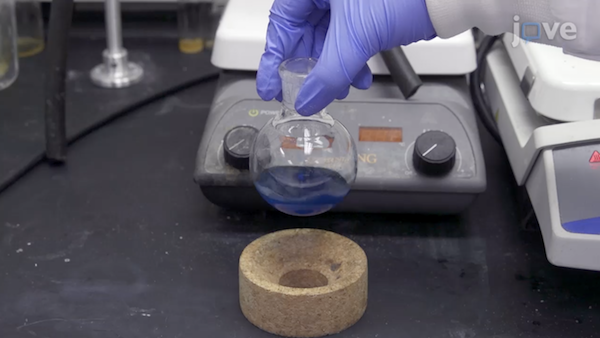Scientific publishing has traditionally been dominated by text-only journal articles. Yet it is often difficult to capture crucial details of scientific methods using text alone. To effectively communicate and visualize nuances associated with the handling of lab materials, the use of scientific equipment, and technically intricate steps of experiments, many researchers are turning to video articles.
The question that arises, therefore, is: how effective are video articles as a medium for scientific knowledge transfer?
To begin answering this question, we’ve brought together 4 case studies from different laboratories that have chosen to use video in their research and lab training.
Download JoVE Advantage: Video Effectiveness in Research.
Here are a few highlights from the report:
— The Vale Lab at the University of Edinburgh cut the training time for a protocol by as much as 50 percent after using JoVE videos for lab training.
— After the publication of JoVE video detailing their novel method — which has been viewed 17,000+ times — the Butcher Lab at Cornell University saw a significant decrease in the number of inquiries about their technique.
— The Calos Lab at Stanford University advanced their research by an estimated 6 months after using a JoVE video to learn a new method; they also saved on the expenses of bringing in an expert from Europe to show them the technique.
“Methods are complex and can only partially be described in words,” says Dr. Michele Calos, Professor, Department of Genetics, Stanford University. “Seeing the method performed immediately provides a wealth of information to the viewer. This information conveys a realistic idea of how the method is done, what is needed to do it, and helps the viewer analyze how they should proceed.”
Download and read the full report now.

